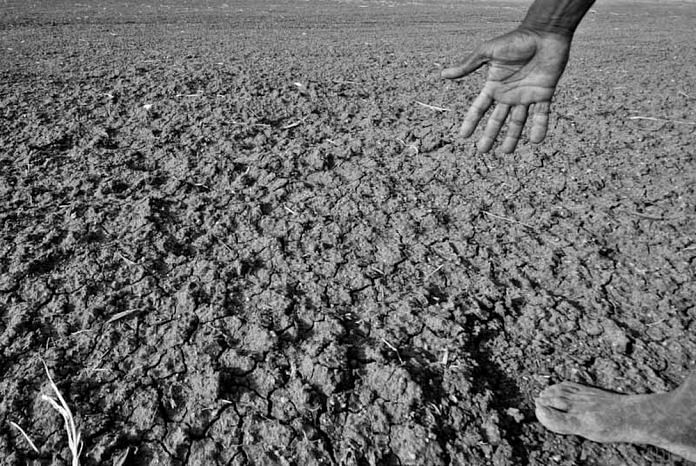New Delhi: The National Crime Records Bureau (NCRB) failed to release data on farmer suicides for the second year in a row when the government agency published its 2017 data on crime Monday.
The Accidental Deaths and Suicides in India (ADSI) report — a crucial source for data on farmer suicides — brought out by the NCRB was last published in 2015. It had highlighted the number of suicide deaths on the basis of causes, means, occupation, educational and economic status, and has a chapter on farmer suicides.
The ADSI report, brought out by the NCRB, is India’s official source on suicide deaths recorded by the police.
Even though the government continues to release provisional data on suicide deaths across states, including farmer suicides, no collative report has been released since 2015. Responding to a question by Congress MP Shashi Tharoor in Lok Sabha in July, the government had said NCRB has found “certain discrepancies” in its data on farmer suicides for 2016.
The agency had later asked all states and union territories to re-verify their data.
Also read: Maharashtra farmer suicides have nearly doubled under BJP govt, drought to blame
Data available till 2015
The ADSI 2015 report mentions “bankruptcy and indebtedness” and “farming-related issues” as two of the major causes of suicides among farmers/cultivators. While bankruptcy and indebtedness accounted for 38.7 per cent (3,097 out of 8,007 suicides), farming-related issues made up for 19.5 per cent (1,562 out of 8,007 suicides) of suicides in 2015.
Other prominent causes included family problems, illness and drug abuse/alcohol addiction.
Further, state/union territory-wise analysis had revealed that six states — Maharashtra, Telangana, Karnataka, Chhattisgarh, Madhya Pradesh and Andhra Pradesh — together accounted for 94.1 per cent of the total farmer suicides in the country.
According to the 2015 data again, there was a 2 per cent increase in suicides in the farming sector — from 11,772 in 2013 to 12,602 in 2015.
For 2016, a provisional data was shared in Parliament in March last year, which stated that more agricultural workers had committed suicide in 2016. But the overall number of suicides in the farm sector, it revealed, had dipped to almost 10 per cent compared to the previous year.
ThePrint reached NCRB officials for comment on why data on farmer suicides has not been released, but there was no response.
Farmer suicides and political discourse
Days before voting in the first phase of the 2019 Lok Sabha elections, a farmer from Uttarakhand had urged people to not “vote for BJP” in his suicide note. Ishwar Chand Sharma of Haridwar, 65, was under heavy debt and held the government responsible for his pitiable state.
“BJP government has destroyed farmers in 5 years. Don’t vote for them otherwise, they will make everyone sell tea,” his suicide note read.
Several deaths were also reported during agitations in Mumbai and Delhi where farmers had marched to demand implementation of the Swaminathan Committee Report.
Farmer suicides in Maharashtra have nearly doubled in the past four years of the BJP-led central government, despite a surge in overall expenditure in the agriculture sector. The deaths, however, failed to find a mention in the election manifesto of political parties in the state.
The BJP chose to turn the campaign in the Maharashtra assembly elections into a referendum on its move to scrap Article 370 in Jammu and Kashmir and the promise of a Bharat Ratna for Vinayak Damodar Savarkar.
As reported by ThePrint, data from the state’s relief and rehabilitation department shows that 11,225 farmer suicides were recorded between January 2015 and September 2018.
Also read: Another data mishap? NCRB’s new prisons report has no caste, religion breakdown of inmates
Note: The data recorded in the latest NCRB report is from calendar year 2017, which means the figures and statistics are from 1 January 2017 to 31 December 2017.






